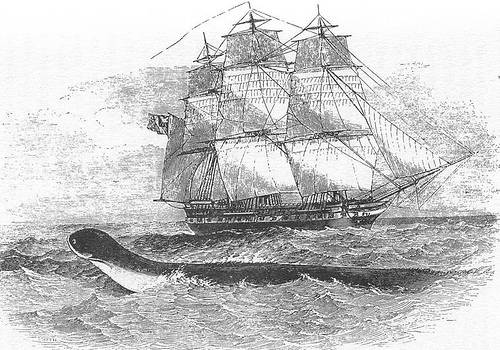
In 1991, a pair of German tourists discovered the frozen corpse of a Copper Age man in the Alps, where it had apparently lain undisturbed since 3,300 B.C. “Ötzi” had died in a fight, it seems: A CAT scan found an arrowhead in one shoulder, and he had bruises and cuts on his hands, wrists, and chest. DNA analysis also found blood from four other people on his gear.
If he was ornery in life, apparently his ghost was worse. In all, eight people connected with the iceman have died unexpectedly. In 1992, the head of the investigating forensic team died in a head-on collision. The mountaineer who led scientists to the body died in an avalanche. An Austrian journalist who covered the body’s removal died of a brain tumor, and the tourist who found it fell into a ravine on the mountain.
Have investigators unleashed a mysterious curse, like that of King Tutankhamen? “I think it’s a load of rubbish,” said the leading expert on the corpse, archaeologist Konrad Spindler. “It is all a media hype. The next thing you will be saying I will be next.”
He died in April 2005.







